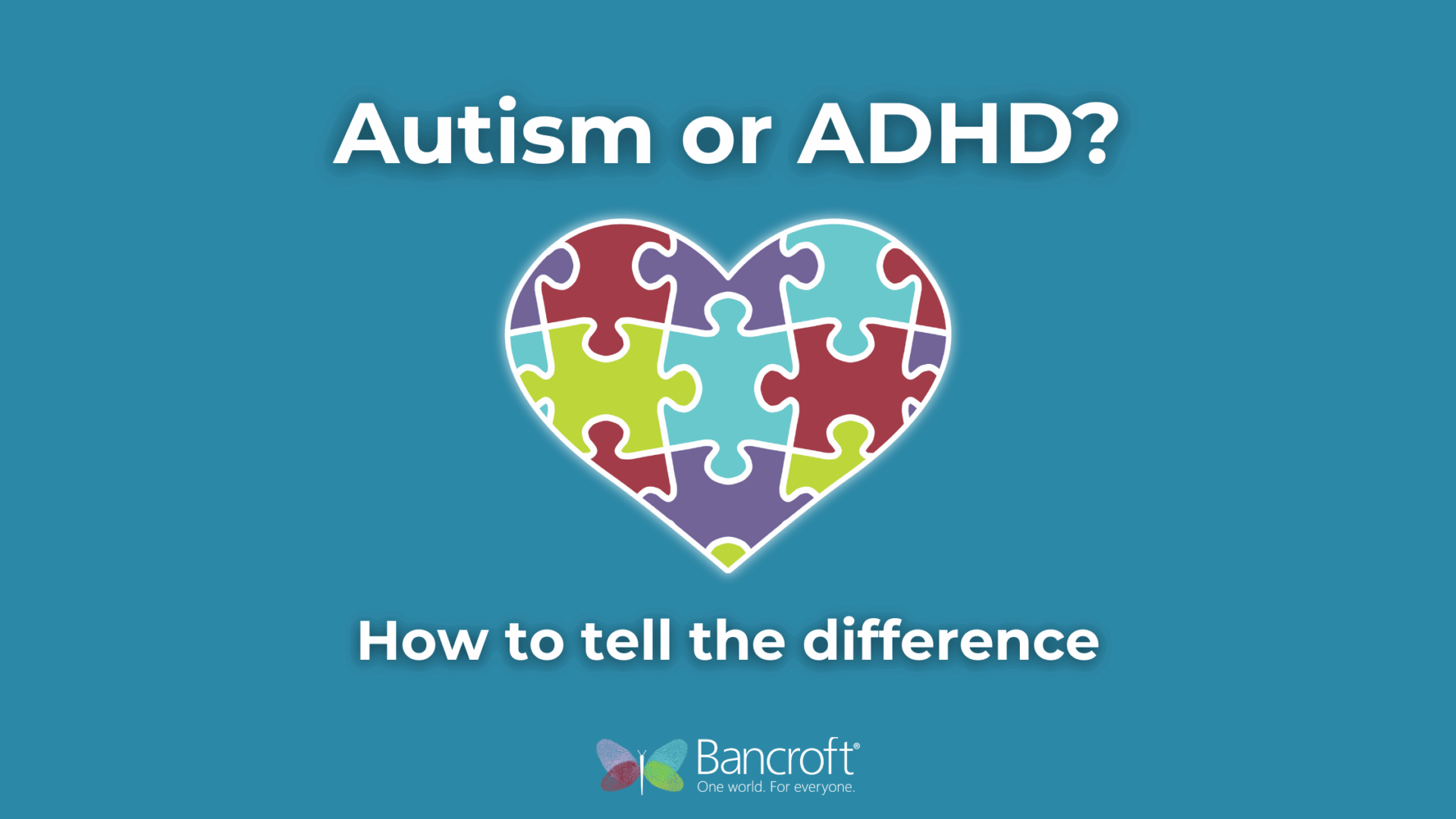 By Tracy Kettering, Ph.D., BCBA-D
By Tracy Kettering, Ph.D., BCBA-D
Director of Bancroft’s Applied Behavior Analysis Center of Excellence
Open your news feeds this morning and headlines are reacting to the Centers for Disease Control’s new statistics on the prevalence of autism in the United States. The data is clear: The rate of autism diagnosis is continuing to rise.
When I opened the study and took a dive into the highlights…I wasn’t surprised. At all. You see I work with children at The Bancroft School and throughout our Bancroft programs and we have felt this increase, even before the actual numbers came out.
So here it is – the rate of diagnosis increasing to 1 in 59 children nationally. And even more salient to us at Bancroft, New Jersey’s autism rate is now the highest in the country, at 1 in 34 children — a 19 percent increase from 2016, the last time statistics were released.
What does all this mean? Does this shock you?
While it certainly is concerning, in our programs, it’s not surprising. Here’s why.
Better diagnostic tools mean more cases identified
As one of New Jersey’s largest providers of services and supports for individuals with autism and their families, currently serving more than 2,000 people, our programs feel the squeeze. We hear from families and school districts across the region looking for the right programs for a child. The phone is ringing; in fact, it rang over 300 times last year. Three hundred people who needed help.
Diagnostic assessment tools are continually improving, as is awareness of what developmental milestones and challenges to look for, which means we’re more accurately diagnosing cases of autism that may have previously flown under the radar. But we aren’t doing enough.
It is surprising, however, is that despite these diagnostic improvements, according to the CDC, fewer than half the children identified by the study were diagnosed before age 4 – meaning there’s still significant delay in connecting these families with services. And although health records indicated concerns in 85 percent of children’s records by age 3, only 42 percent received a developmental evaluation by that age.
We still have a lot of work to do in continuing to build awareness of the early signs and symptoms of autism among both parents and physicians. We know that the earlier children receive services, the better. Early intervention – identifying and providing services by the age of 2 – remains the best way to make the greatest impact for the children we serve.
And let’s be honest, with all the remarkable research being conducted throughout the country – we still don’t know what causes autism, and it’s possible there could also be a true increase in prevalence of autism; not just better diagnostics.
Social service organizations – and states – need to plan for growth
For organizations like Bancroft, the increase signals a continued need to plan for the future – and anticipate unprecedented growth in the demand for support and services for both children and adults.
In fact, Bancroft built the new Raymond & Joanne Welsh Campus in Mt. Laurel with room for growth in response to the growing need we have witnessed firsthand — and these numbers simply underscore that need. The new campus incorporated 135 years of experience working with children with special needs and specifically built a campus for pediatric services and special education that will impact the lives of children being served today, with the knowledge that that population will likely continue to grow over time.
It also means demand will be greater than ever for well-trained, highly educated, caring clinical staff, special educators and direct-support staff who provide the critical day-to-day support to support the children and adults served. There is a nation wide crisis building to find dependable and compassionate employees for all these children who are going to need a variety of services throughout their lifetime.
And most importantly – states need to be prepared for these increases, as well, and plan so that adequate funds will be available for the wide array of services to provide the best possible care for these children across their lifespan.
What we do know is that autism cases continue to grow – and have continued that upward trend for decades. And that means our mission at Bancroft remains as critical today as ever, and that whatever the future holds, we will be here to help children and adults with autism live their most successful lives, and give their families the support and peace of mind they need. We also know, there is so much work ahead – in research, in behavior therapies, and in awareness.















